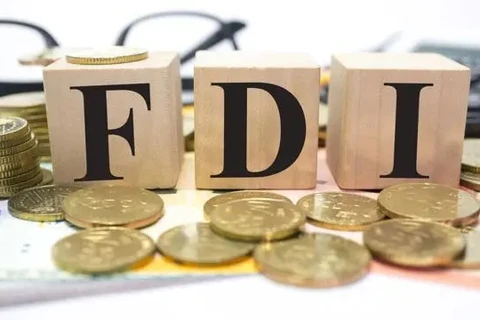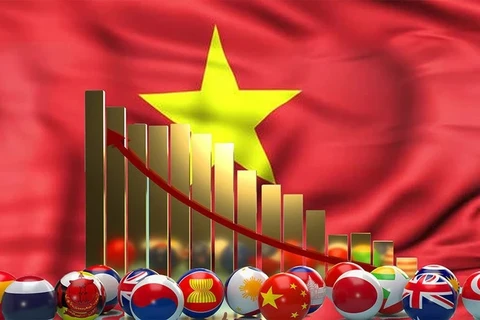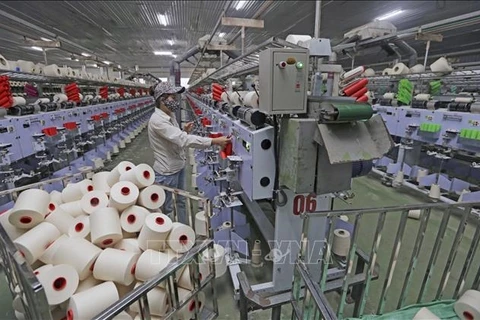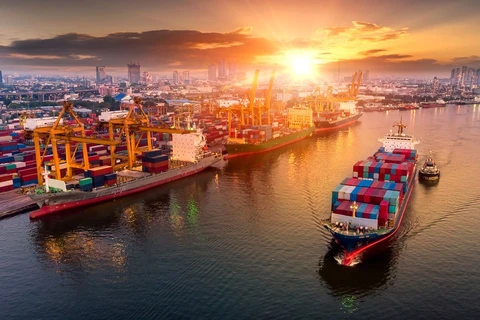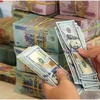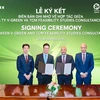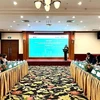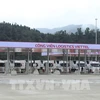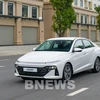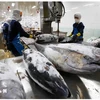London (VNA) – The UK-based Financial Times has posted an article in which it assessed that after decades of showing promise, Vietnam’s economic moment may have finally arrived, and the country must capitalise on the manufacturing boom for its long-term development.
According to the article on July 9, the Southeast Asian nation has become a major beneficiary of manufacturers’ efforts to “de-risk” their exposure to China as geopolitical tensions accelerate.
Last year, foreign direct investment (FDI) poured into the country soared to a decade high to over 20 billion USD. Big names including Dell, Google, Microsoft and Apple have all shifted parts of their supply chain to the country in recent years, and are looking to do more in the coming time.
Rapid export-led growth has pulled millions out of poverty in recent decades, but Vietnam’s economy is now at a crossroads. In the near-term, to continue riding the wave of investor attention, it needs to bolster its business environment. In the long run, to meet the government’s ambitious goal of becoming a high-income economy by 2045, it must also leverage the manufacturing growth boon to diversify its economy, wrote the article.
It added that over the next decade, Vietnam must raise its productive capacity to meet the growing demands of manufacturers investment plans, and need to reinvest its current growth dividend to support the development of more productive, knowledge-rich sectors, to meet its 2045 goal. Backbone services like finance, logistics, and legal services create high-skilled jobs and add value to existing industries.
The business excitement around Vietnam is justified. But there is much work to be done to convert today’s “de-risking” trend into long-term prosperity, the Financial Times suggested./.
According to the article on July 9, the Southeast Asian nation has become a major beneficiary of manufacturers’ efforts to “de-risk” their exposure to China as geopolitical tensions accelerate.
Last year, foreign direct investment (FDI) poured into the country soared to a decade high to over 20 billion USD. Big names including Dell, Google, Microsoft and Apple have all shifted parts of their supply chain to the country in recent years, and are looking to do more in the coming time.
Rapid export-led growth has pulled millions out of poverty in recent decades, but Vietnam’s economy is now at a crossroads. In the near-term, to continue riding the wave of investor attention, it needs to bolster its business environment. In the long run, to meet the government’s ambitious goal of becoming a high-income economy by 2045, it must also leverage the manufacturing growth boon to diversify its economy, wrote the article.
It added that over the next decade, Vietnam must raise its productive capacity to meet the growing demands of manufacturers investment plans, and need to reinvest its current growth dividend to support the development of more productive, knowledge-rich sectors, to meet its 2045 goal. Backbone services like finance, logistics, and legal services create high-skilled jobs and add value to existing industries.
The business excitement around Vietnam is justified. But there is much work to be done to convert today’s “de-risking” trend into long-term prosperity, the Financial Times suggested./.
VNA


